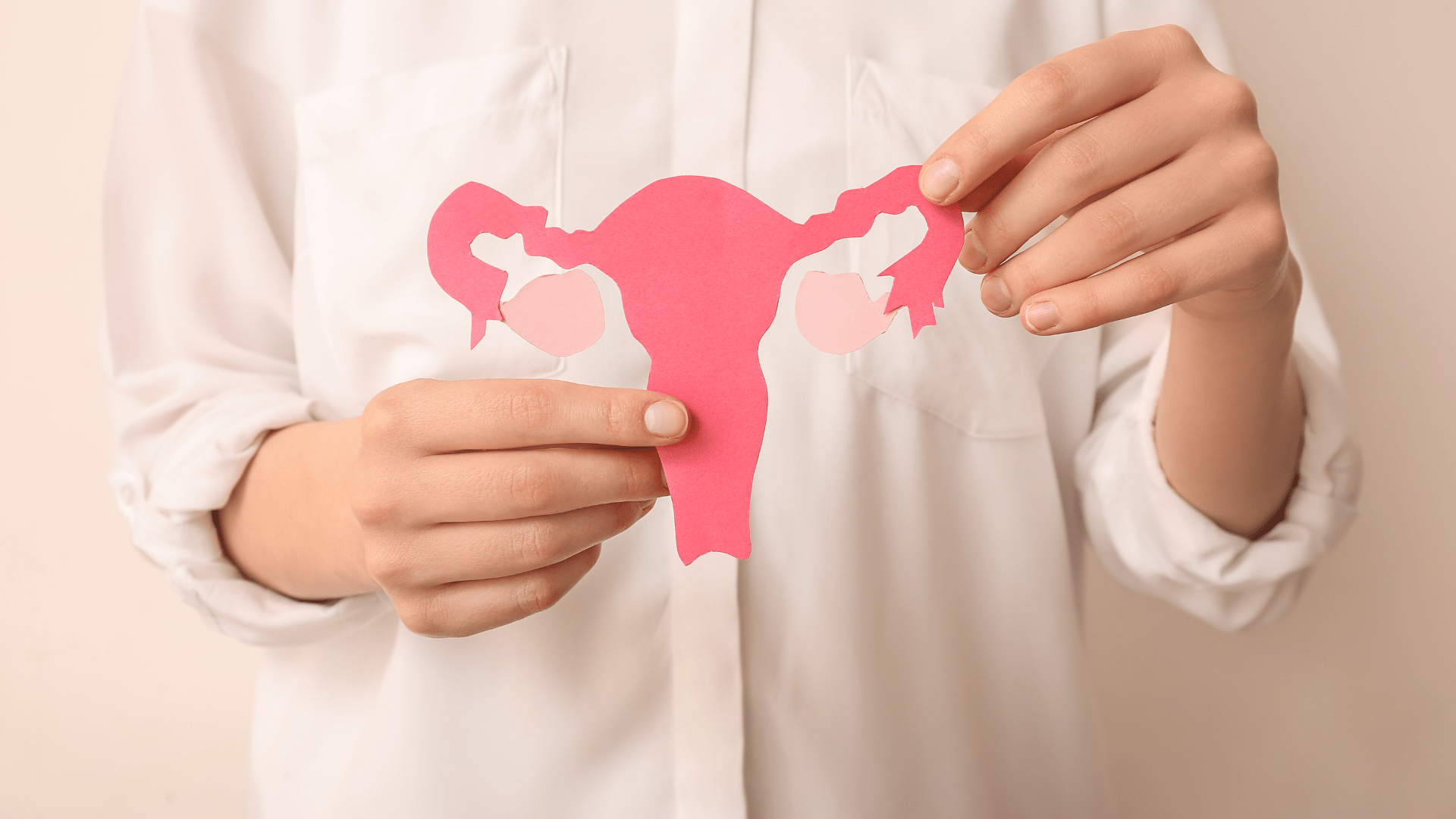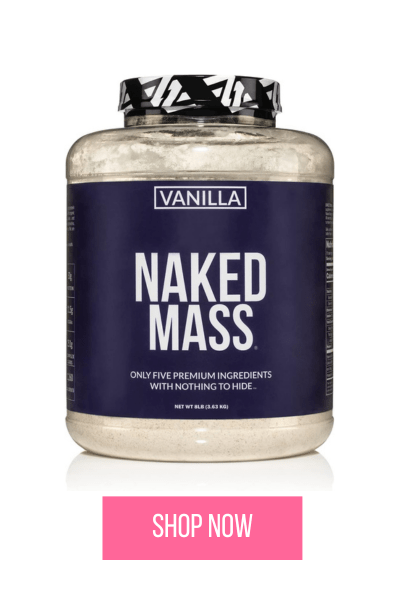
When it comes to health and wellness, understanding the impact of fitness on hormones—particularly estrogen—is essential for women of all ages. Hormones play a pivotal role in regulating various bodily functions, and estrogen is a key player in women’s reproductive health, bone density, and mood.
But how does fitness factor into this delicate hormonal balance? Let’s delve into the science and uncover how exercise influences hormones and estrogen levels.
The Relationship Between Fitness and Hormones
Exercise isn’t just about building muscle or losing weight; it’s a powerful tool that affects the endocrine system. Physical activity can influence hormone production, secretion, and regulation, impacting everything from stress levels to metabolism. For women, estrogen is a critical hormone, and fitness can directly and indirectly alter its levels.
How Fitness Impacts Estrogen
➤ Moderate Exercise Balances Hormones
Engaging in regular, moderate exercise helps maintain healthy estrogen levels. It improves insulin sensitivity and reduces chronic inflammation, both of which contribute to hormonal balance. For women in their reproductive years, moderate exercise can help regulate menstrual cycles and mitigate symptoms of estrogen dominance, such as bloating and mood swings.
➤ Intense Exercise Can Lower Estrogen Levels
While moderate activity supports hormonal balance, excessive high-intensity exercise may lead to a significant drop in estrogen levels. This is particularly relevant for women who engage in extreme endurance activities, such as marathon running. Low estrogen can result in irregular periods, a condition known as hypothalamic amenorrhea. Prolonged estrogen deficiency can also impact bone health and increase the risk of osteoporosis.
➤ Weight Management and Estrogen
Body fat plays a role in estrogen production. Adipose tissue (fat cells) produces estrogen, and excessive body fat can lead to higher estrogen levels, which may increase the risk of estrogen-related conditions like breast cancer. Conversely, very low body fat due to intense exercise or dieting can cause estrogen levels to plummet. Striking a healthy balance through fitness and nutrition is crucial.
Benefits of Fitness on Overall Hormonal Health
- Stress Hormone Regulation: Exercise reduces cortisol levels (the stress hormone), which can interfere with estrogen and other hormone levels when elevated for prolonged periods.
- Improved Sleep: Regular physical activity enhances sleep quality, which is essential for the optimal functioning of the endocrine system.
- Metabolic Health: Fitness boosts metabolism and supports thyroid function, contributing to balanced hormone levels across the board.
Fitness Tips for Hormonal Balance
- Incorporate Strength Training: Strength training not only boosts metabolism but also supports bone health—especially important for women experiencing low estrogen during menopause.
- Prioritize Recovery: Overtraining can disrupt hormone levels. Ensure you have rest days and focus on sleep to allow your body to recover.
- Opt for Hormone-Supportive Exercises: Activities like yoga and Pilates promote relaxation and reduce cortisol, indirectly benefiting estrogen levels.
- Monitor Your Cycle: Tailor your workouts to align with your menstrual cycle. For instance, women may feel more energetic during the follicular phase (days 1-14) and may benefit from lighter workouts during the luteal phase (days 15-28).
Estrogen and Life Stages
- During Menopause: Fitness can alleviate menopause symptoms like hot flashes, mood swings, and weight gain. Weight-bearing exercises are especially beneficial for maintaining bone density as estrogen levels decline.
- Postpartum: Hormones fluctuate significantly after childbirth. Gentle exercises like walking or postnatal yoga can support hormonal recovery while avoiding overstress on the body.
Conclusion
Fitness plays a significant role in influencing hormones and estrogen levels. While moderate exercise supports hormonal balance and overall well-being, it’s important to avoid overtraining and maintain a balanced lifestyle. By choosing the right types of exercises and listening to your body, you can harness the power of fitness to optimize your hormonal health and improve your quality of life.
Understanding the connection between fitness, hormones, and estrogen empowers women to make informed choices about their health.
Whether you’re in your reproductive years, navigating menopause, or simply aiming to improve your well-being, fitness can be a cornerstone of hormonal harmony.
Share:
Related Posts

Vegan Birria Tacos with Consommé
Savor the bold, smoky flavor of Vegan Birria Tacos made with jackfruit and mushrooms. A plant-based twist on a classic Mexican favorite—with rich consommé and impressive nutrition.

The Ultimate Leg Workout for Women: Strength and Toning
Discover the ultimate leg workout for women designed to strengthen, tone, and sculpt your legs. This complete guide includes exercises, tips, and a sample routine to help you build lean, powerful legs.

Thai Red Curry Chicken with Rice
This Thai red curry chicken with rice recipe is rich, creamy, and full of bold flavors. A quick and satisfying one-pan meal that’s perfect for weeknight dinners.

Building Confidence Through Strength Training: A Powerful Journey for Women
Discover how building confidence through strength training empowers women physically and mentally. Learn how lifting weights can help you feel stronger, healthier, and more self-assured.

Vegetable Dumplings
Make your own delicious vegetable dumplings at home with this easy recipe. Packed with fresh veggies and flavor, these dumplings are perfect for a healthy appetizer or meatless meal.

Ashwagandha & Maca Root: Do They Help With Hormone Balance?
Curious about ashwagandha and maca root for hormone balance? Discover how these adaptogenic herbs may support women’s hormonal health, stress relief, and energy naturally.





